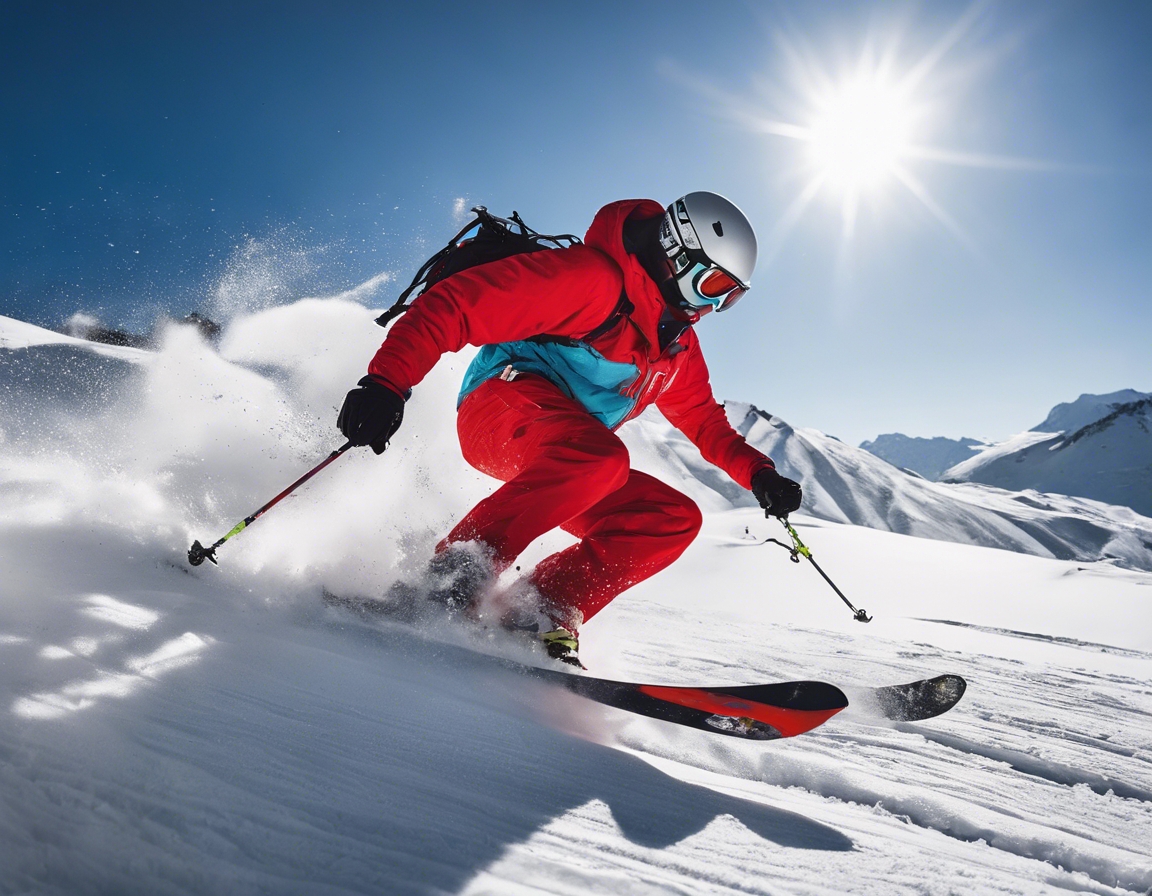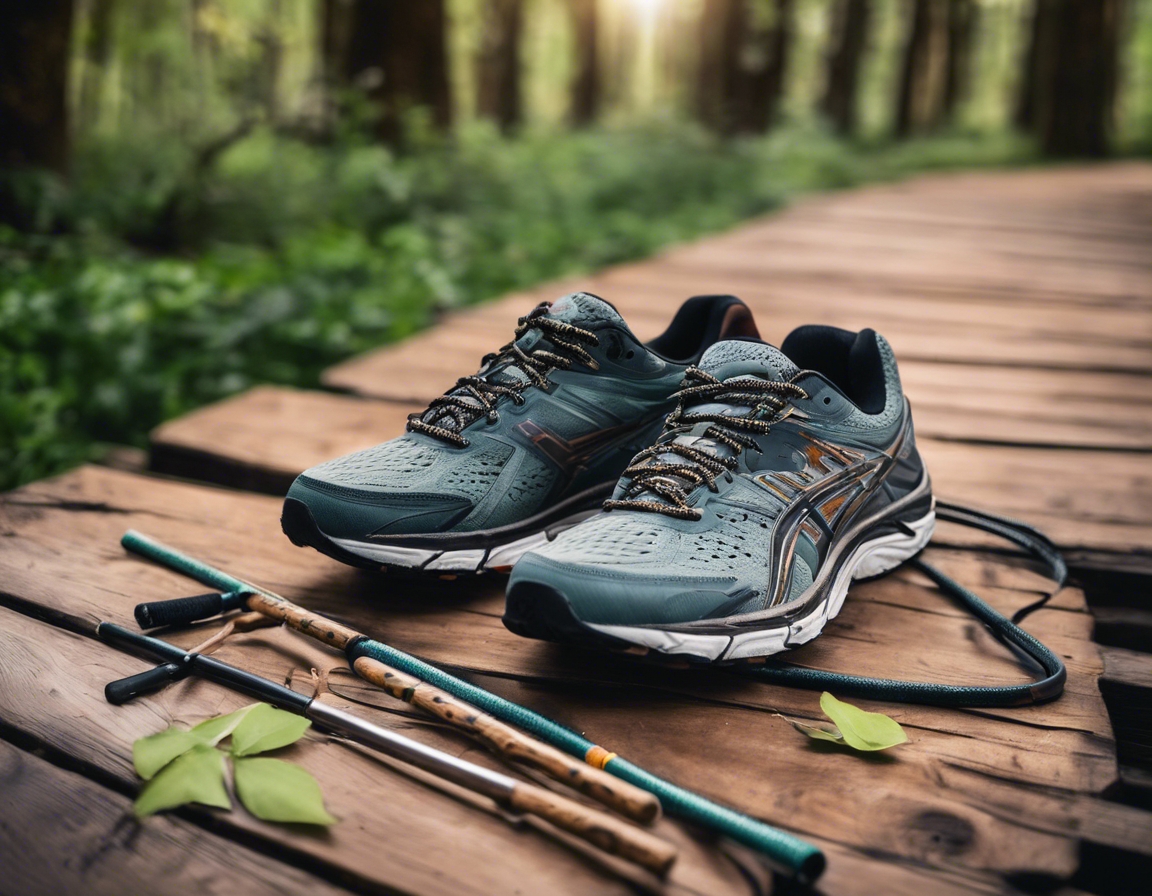5 tips to improve your cycling technique
Whether you're a seasoned cyclist or just starting out, refining your cycling technique can lead to more enjoyable rides, increased speed, and reduced risk of injury. In this post, we'll explore five key tips that can help you pedal more efficiently, handle your bike with greater confidence, and take your cycling performance to the next level.
Tip 1: Mastering Your Seating Position
The foundation of good cycling technique starts with your seating position. An optimal position can improve your power output and comfort on the bike.
Ensure your saddle height allows for a slight bend in the knee at the bottom of the pedal stroke. The saddle should be level or slightly tilted forward to reduce pressure on soft tissues and allow for efficient pedaling.
Handlebar height and reach should allow for a comfortable grip without overextending your arms. A proper handlebar position can prevent strain on your shoulders, neck, and back.
Tip 2: Efficient Pedaling
Efficient pedaling is about more than just moving your legs. It's about using the full pedal stroke to maximize power and reduce fatigue.
Focus on a smooth, circular pedal stroke, applying power evenly throughout. Imagine wiping mud off your shoe at the bottom of the stroke to engage your hamstrings and glutes.
Aim for a cadence between 80-100 revolutions per minute (RPM). This range is often the sweet spot for balancing efficiency and reducing muscle fatigue.
Tip 3: Breathing and Endurance
Proper breathing and endurance are crucial for long rides. Developing a steady breathing pattern and building endurance can help you cycle longer and harder.
Coordinate your breathing with your pedal strokes. Inhale for a certain number of strokes and exhale for the same, creating a rhythm that delivers consistent oxygen to your muscles.
Incorporate long, steady rides into your training to increase your aerobic capacity. Over time, these rides will help you maintain a strong pace for longer periods.
Tip 4: Cornering and Handling Skills
Good cornering and handling skills can make a significant difference in your cycling experience, especially on varied terrain.
Lean your bike, not your body, into the turn. This technique helps maintain traction and control. Look through the turn to where you want to go, not directly in front of your wheel.
Stay alert and anticipate changes in the terrain. Adjust your speed and position accordingly to navigate safely and efficiently.
Tip 5: Climbing and Descending
Climbing and descending are integral parts of cycling that require specific techniques to master.
Maintain a steady effort and use a gear that allows for a consistent cadence. Stand up periodically to use different muscle groups and give your sitting bones a break.
Keep your weight back and your hands on the drops for better stability and control. Brake before entering a turn, not during, to reduce the risk of skidding.






Comments (0)